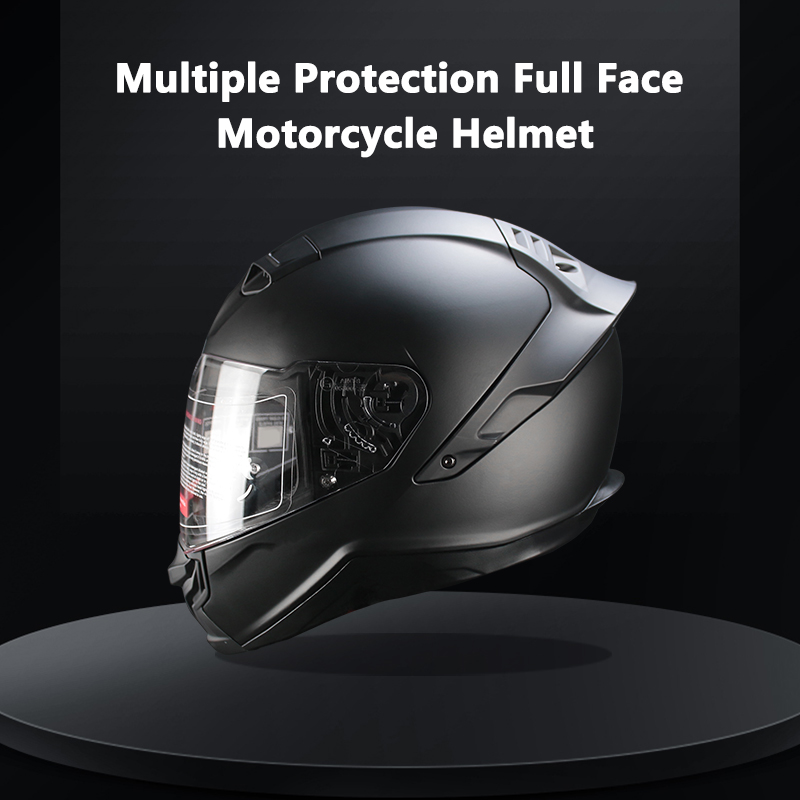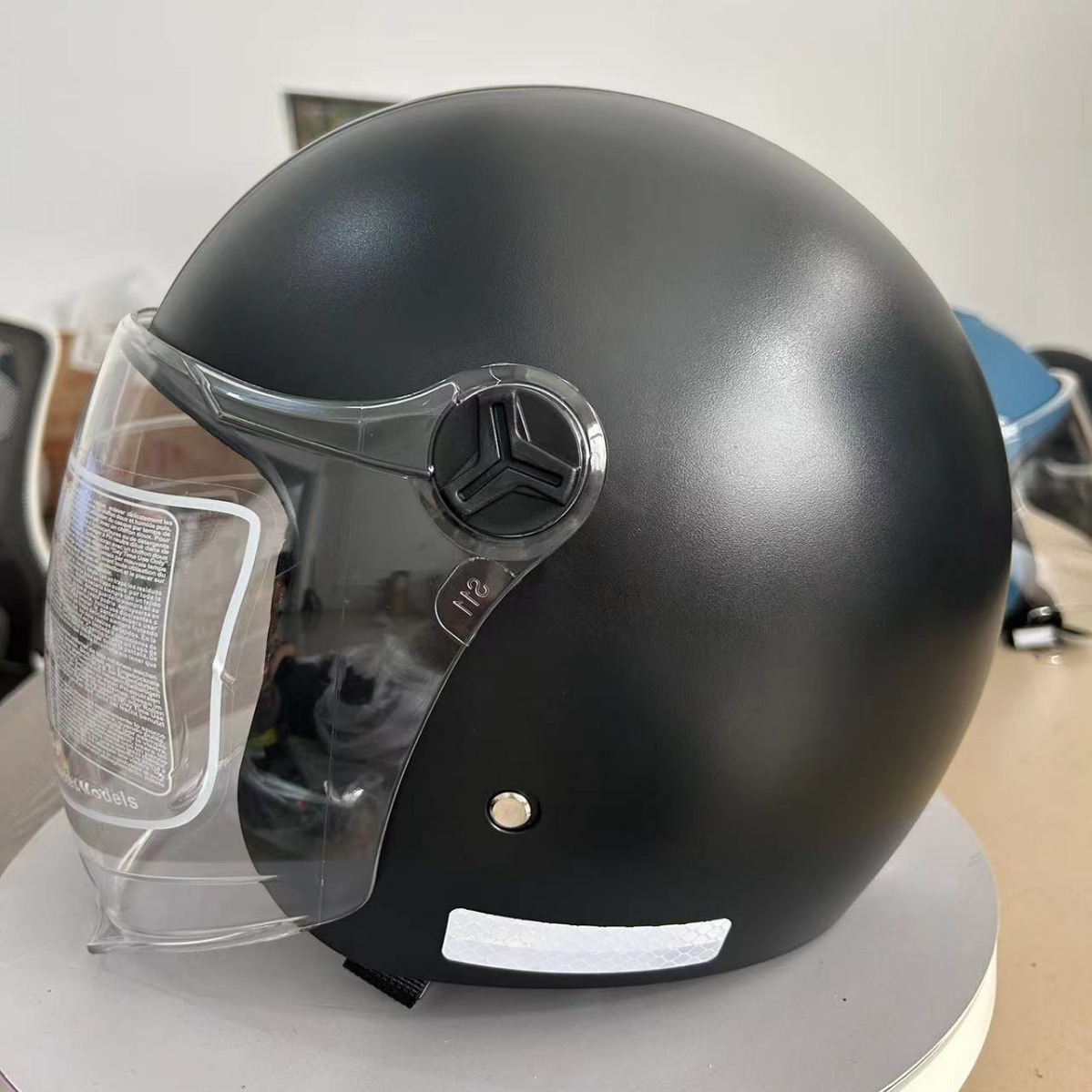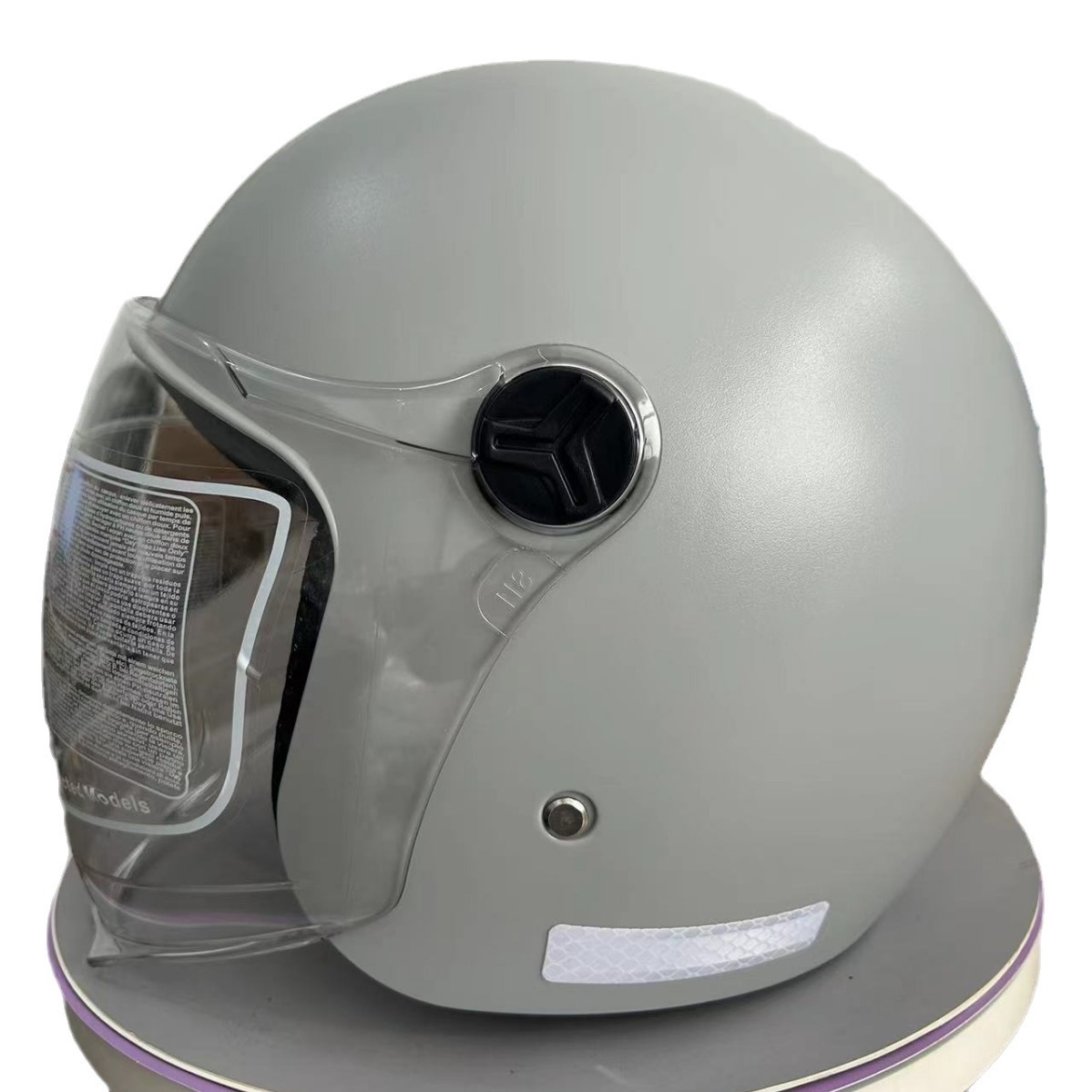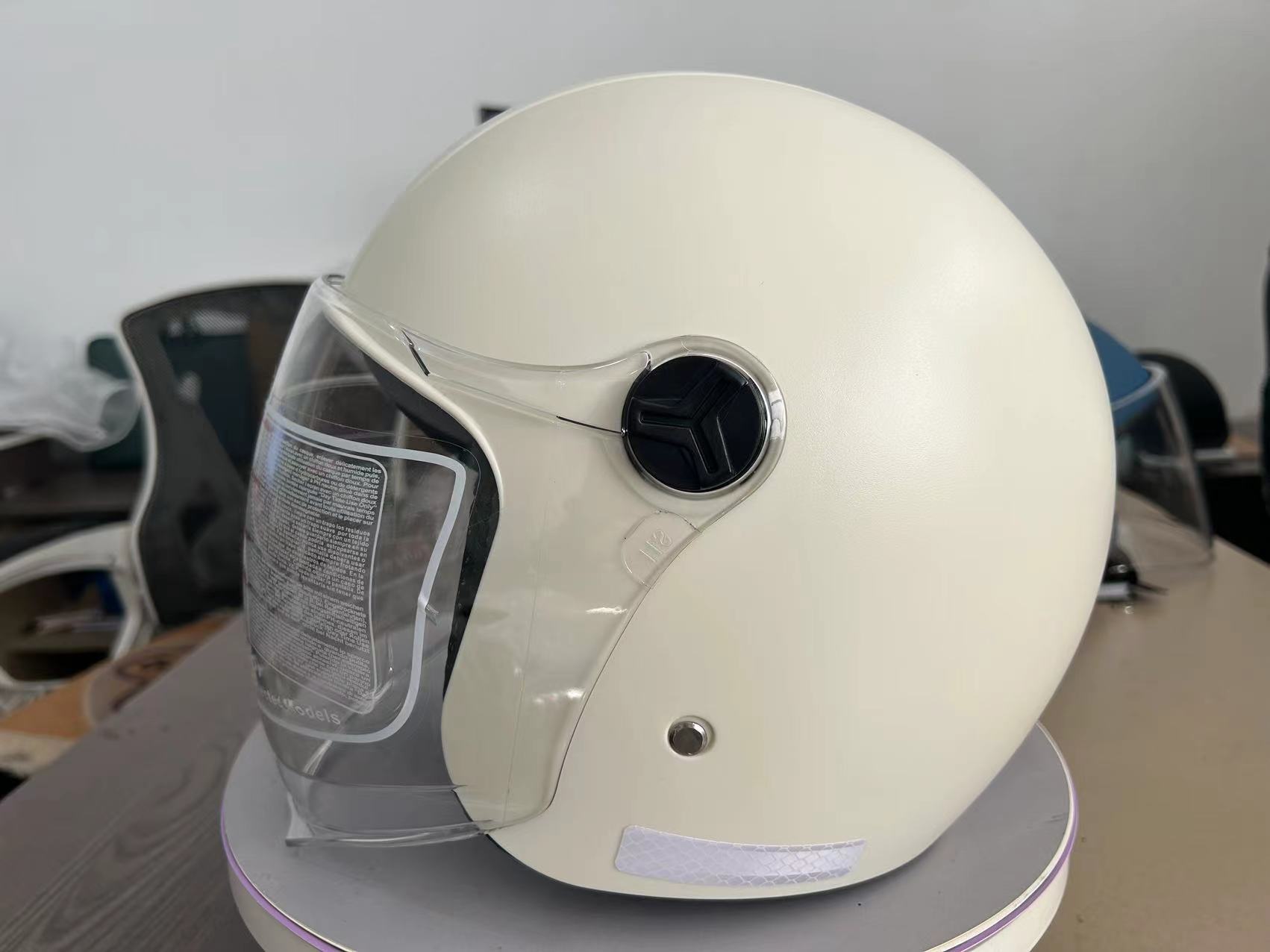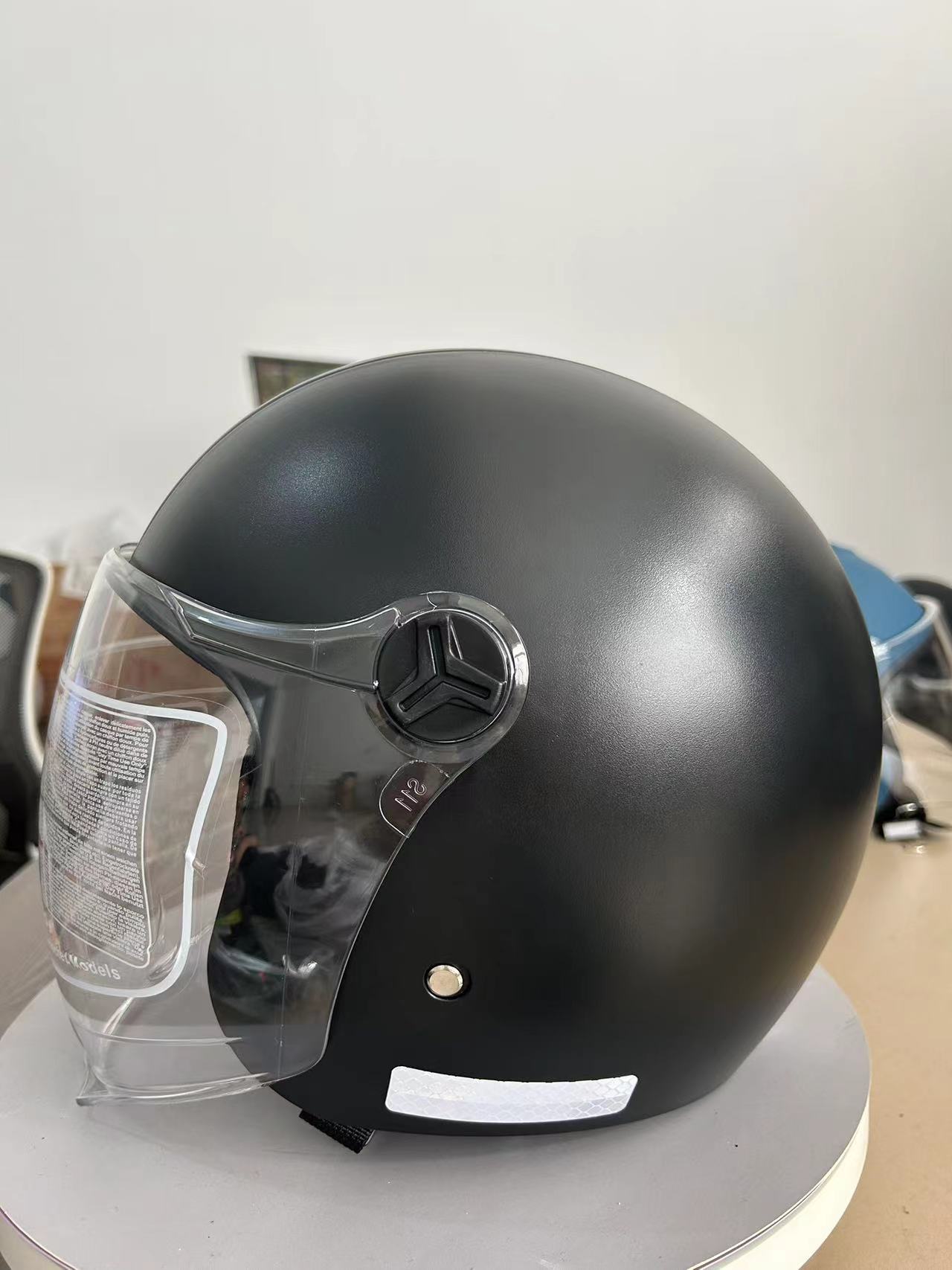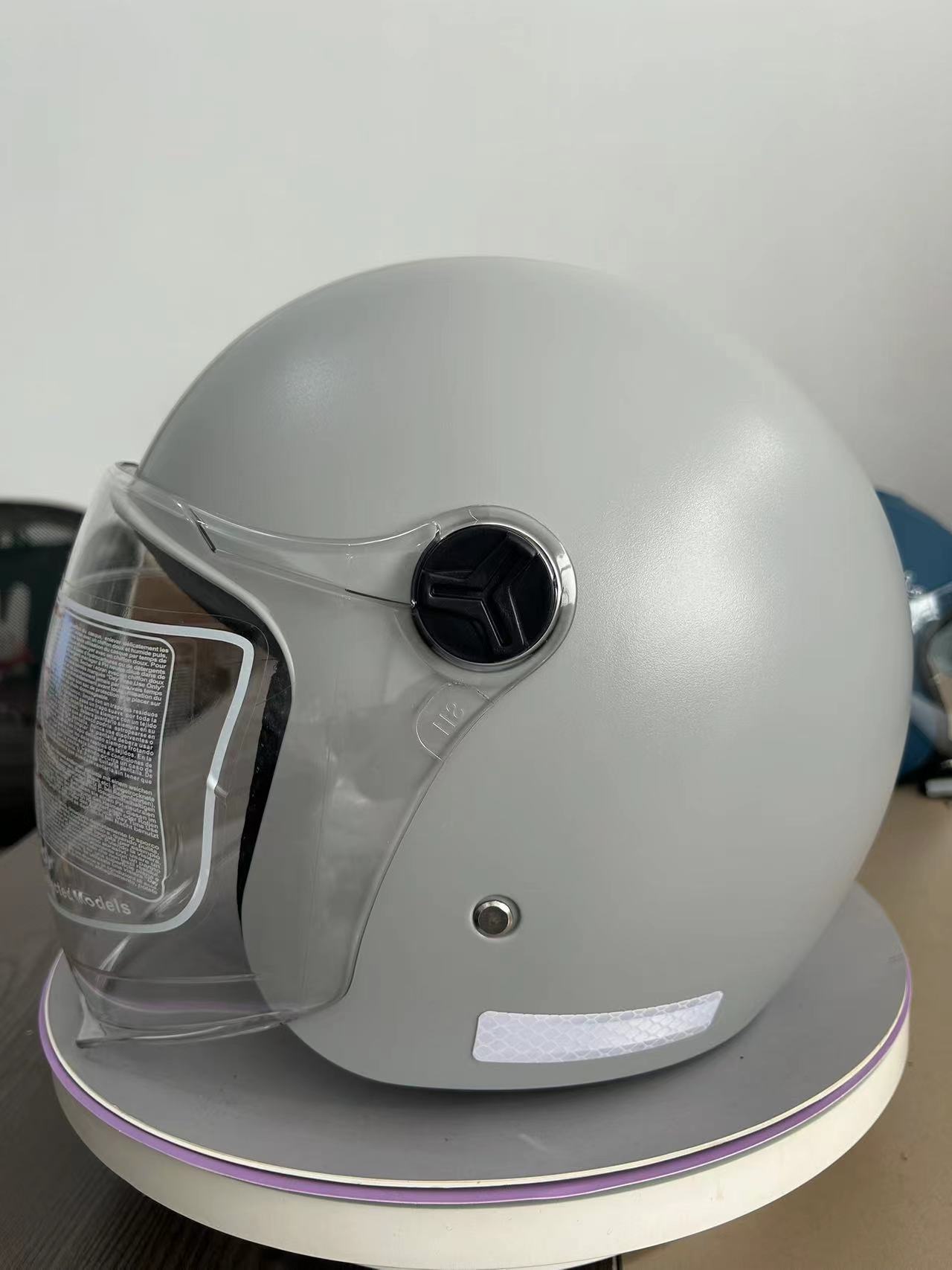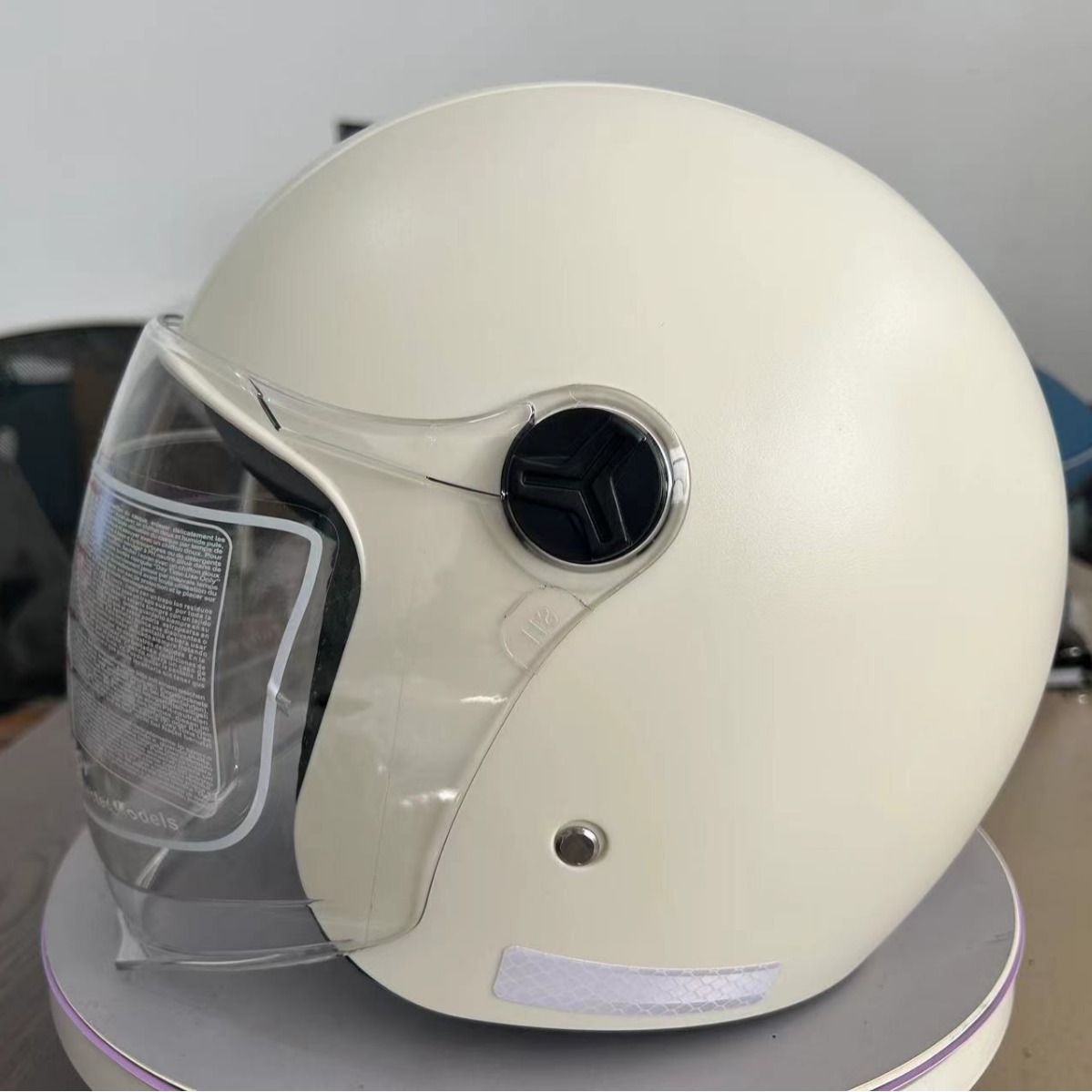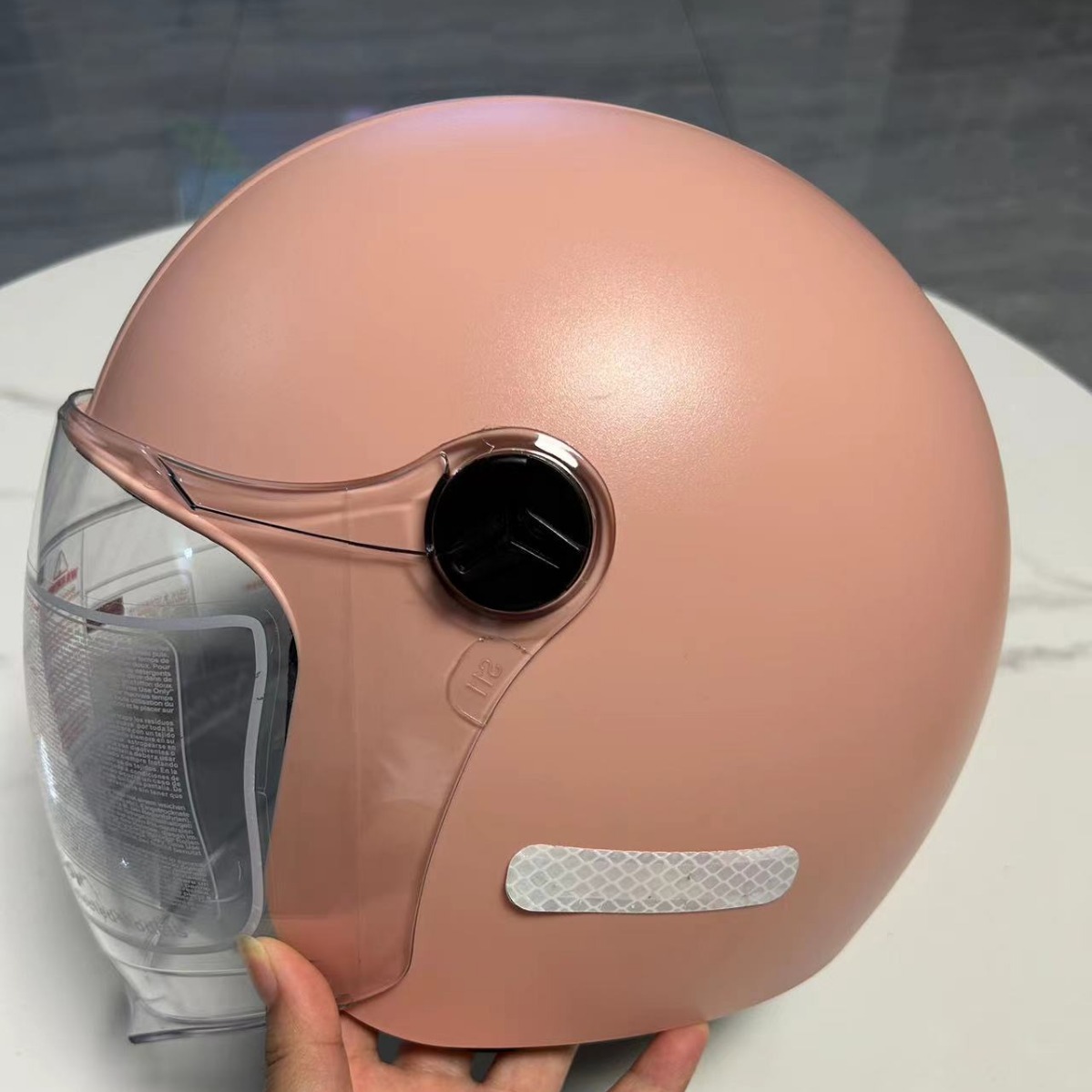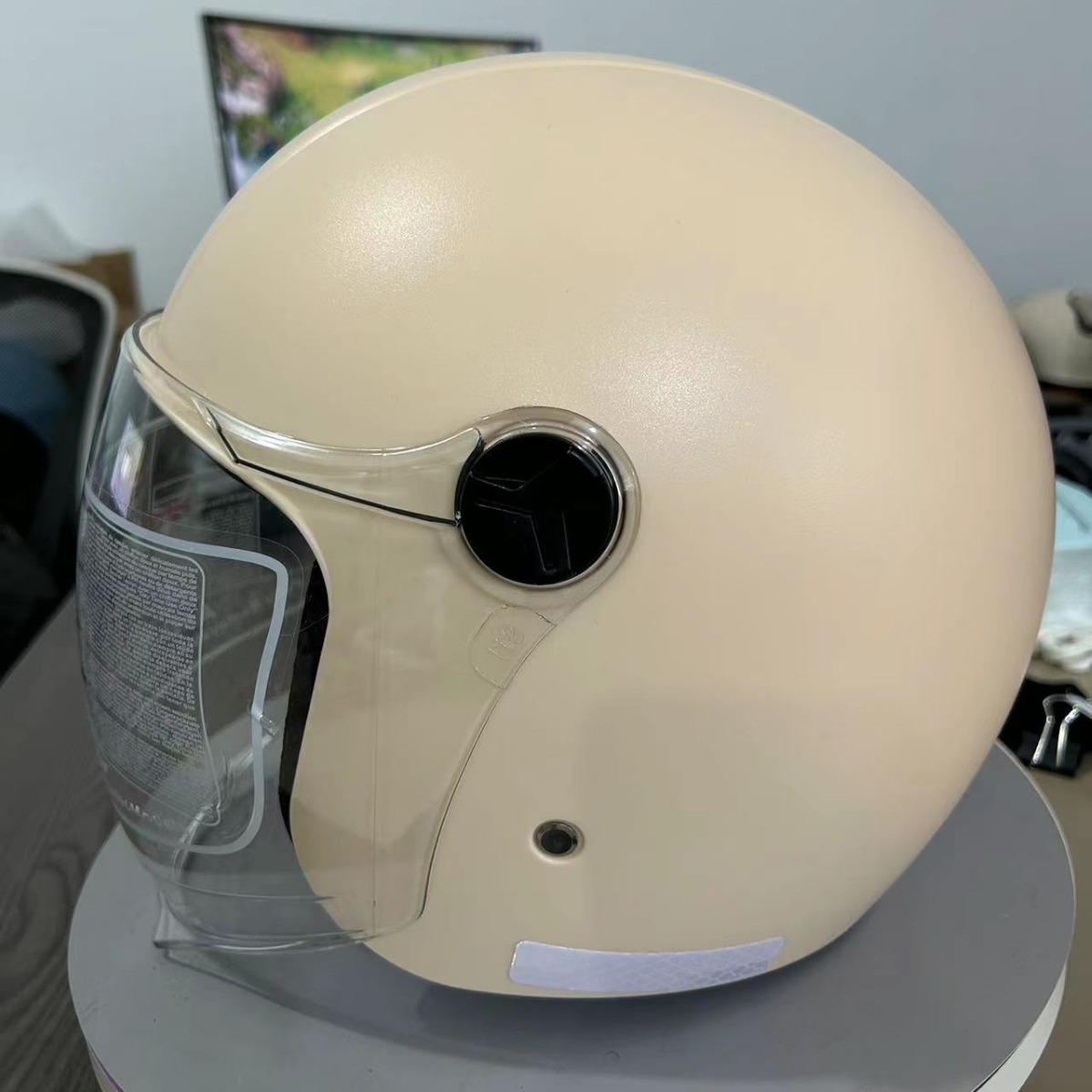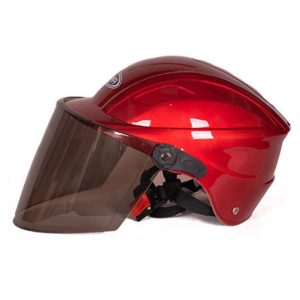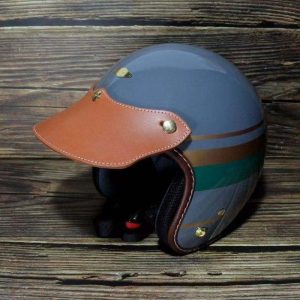A motorcycle helmet is a critical piece of safety equipment designed to safeguard the head and brain of motorcycle riders from potentially life-threatening injuries. Motorcycling, a popular mode of transportation and recreational activity, presents inherent risks due to high speeds and exposure to the elements. Motorcycle helmets are specifically engineered to mitigate these risks and enhance rider safety.
These helmets typically consist of a hard outer shell made from materials like fiberglass, carbon fiber, or polycarbonate, which serves as a protective barrier against impact forces. Beneath the outer shell is an energy-absorbing liner, usually made of expanded polystyrene (EPS), which cushions and disperses the energy from an impact. A chin strap and retention system ensure a secure and snug fit.
One of the most vital features of a motorcycle helmet is the visor or face shield, which protects the rider’s face and eyes from wind, debris, and weather conditions, contributing to clear vision and rider comfort. Additionally, many helmets include vents to enhance airflow and manage temperature inside the helmet.
Motorcycle helmets come in various styles, including full-face, open-face, and modular (flip-up), catering to different preferences and riding conditions. Full-face helmets offer the highest level of protection by covering the entire head, face, and chin, while open-face and modular helmets provide varying degrees of protection and convenience.
The primary function of a motorcycle helmet is to reduce the risk of severe head injuries in case of accidents or crashes, including concussions, skull fractures, and traumatic brain injuries. They are subject to strict safety standards in most countries to ensure their effectiveness.
In summary, motorcycle helmets are an indispensable safety measure for riders, serving as a critical line of defense against head injuries and promoting responsible riding practices. Wearing a well-fitted and properly certified motorcycle helmet is essential for every motorcyclist to ensure their safety on the road.
